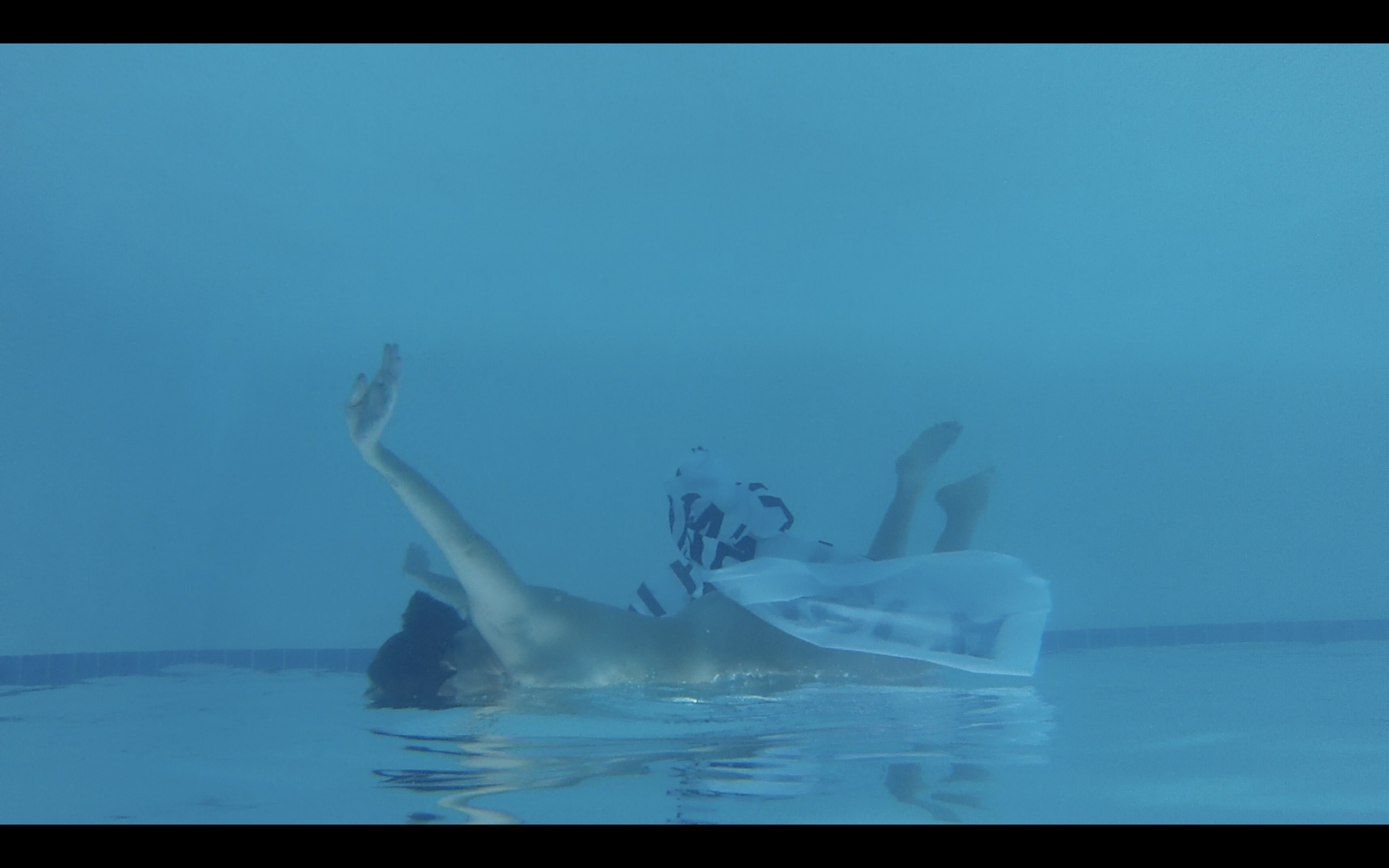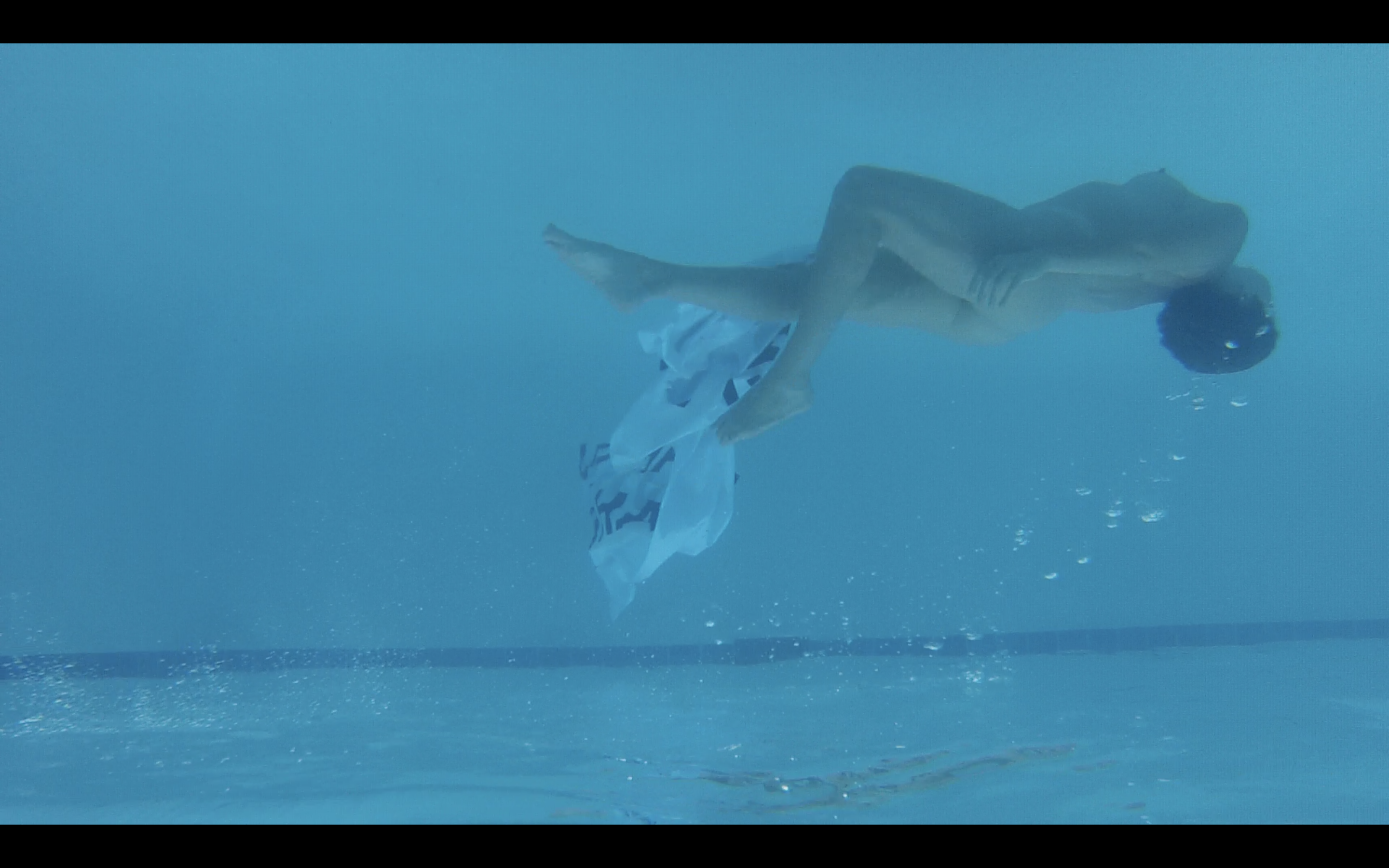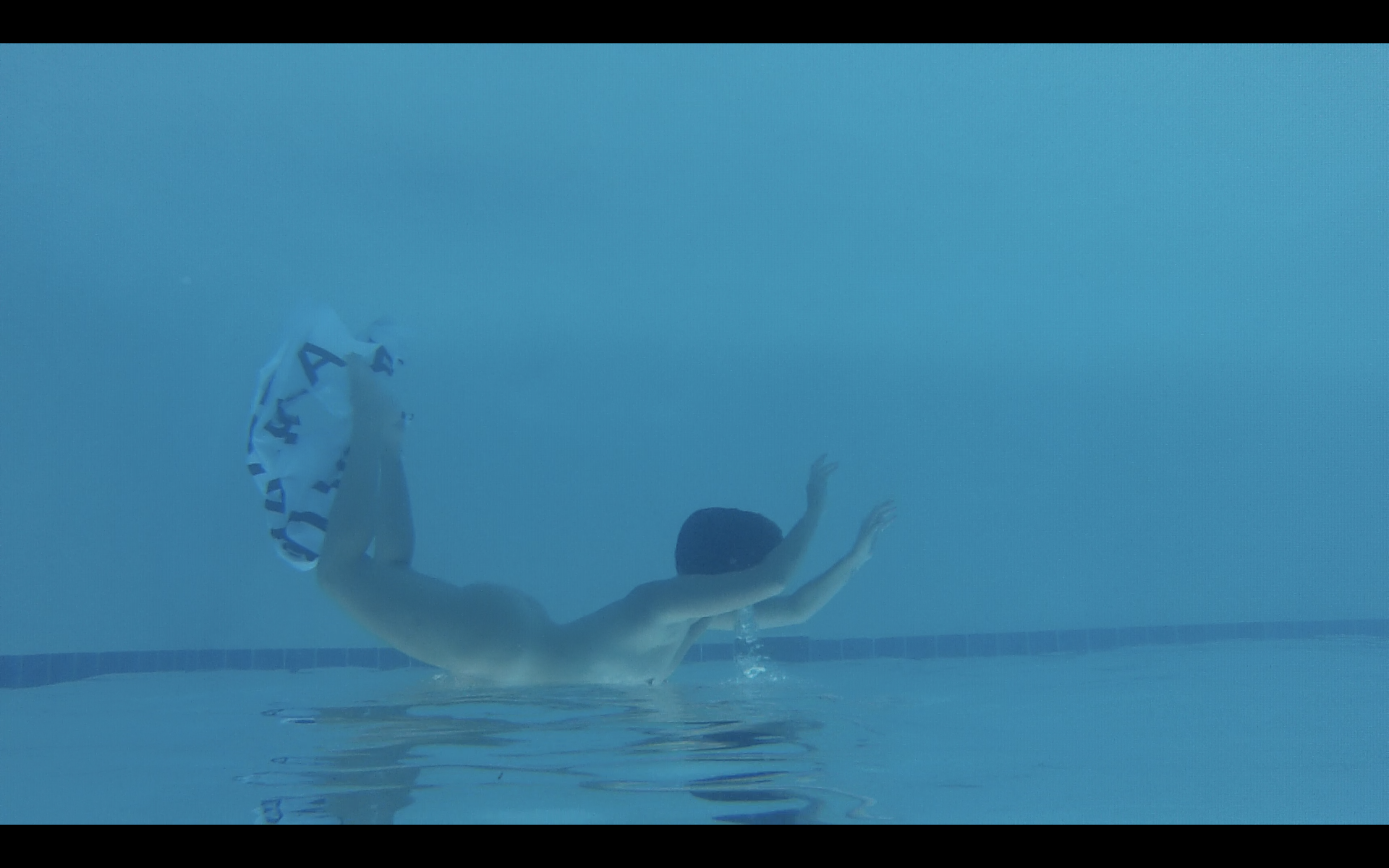nibia pastrana santiago



In her video work Baliza, filmed during her time at the Rauschenberg Artist Residency in Captiva, Florida, dancer and performance artist, nibia pastrana santiago, is seen swimming in a pool with two large banners that read, “aquí había una isla'' (here was an island) and “your island here.” The pool provides a stage for the materialization of pastrana santiago’s movement-led inquiries into the perception of time and space in a choreographed event. Resorting to techniques of stillness, exhaustion, and chance, she allows the performative body to exist as a leakage point – submerging and emerging or refusing to deliver a complete image. In her work, pastrana santiago frequently uses language that contests the colonial notion of territory and its commodification, highlighting them as containers that host the choreographed events of the everyday. The natural ecosystem of Captiva like many other islands has been usurped by waterfront hotels, overrun by property developers, and marketed as a tourist paradise.
Born and raised in Puerto Rico, nibia is familiar with the effects of state-sanctioned corporate exploitation of human lives and of natural resources in the name of profit and power. A former colony of Spain and acquired by the United States during the Spanish-American war in 1898, Puerto Rico has suffered centuries of colonial and neo-colonial reconfiguration that have left it disenfranchised and bankrupt. This has conditioned the materials and motifs in her work and led her to develop a site-specific approach to working in unconventional public spaces. Undeterred by the scarcity of spaces for performers on the island, she continues to develop techniques that challenge and interrupt the existing choreographies of human activity, commerce, and tourism that seek to define the fabric of society’s movements. Over the years, nibia has adopted a somatic vocabulary of laziness to provoke those kinds of interruptions which led her to write the lazy dancer, a manifesto that addresses her aesthetic position in relation to performance, the audience, and the performing body; in it she states The lazy dancer has no duty to dance. In her contribution to “This may or may not be a true story or a lesson in resistance,” nibia continues in her characteristic irreverent tone to mill a resistance to an omnipresent sense of duty to perform, to contribute, and to produce in prescribed and normative manners.
return to This may or may not be a true story or a lesson in resistance